The future has arrived. In 2020, a smartphone takes photos that would be the envy of a photographer who took 20 years ago. But despite this, people still buy cameras. How is a smartphone camera different from a camera? And why many people choose Nikon cameras in 2020.
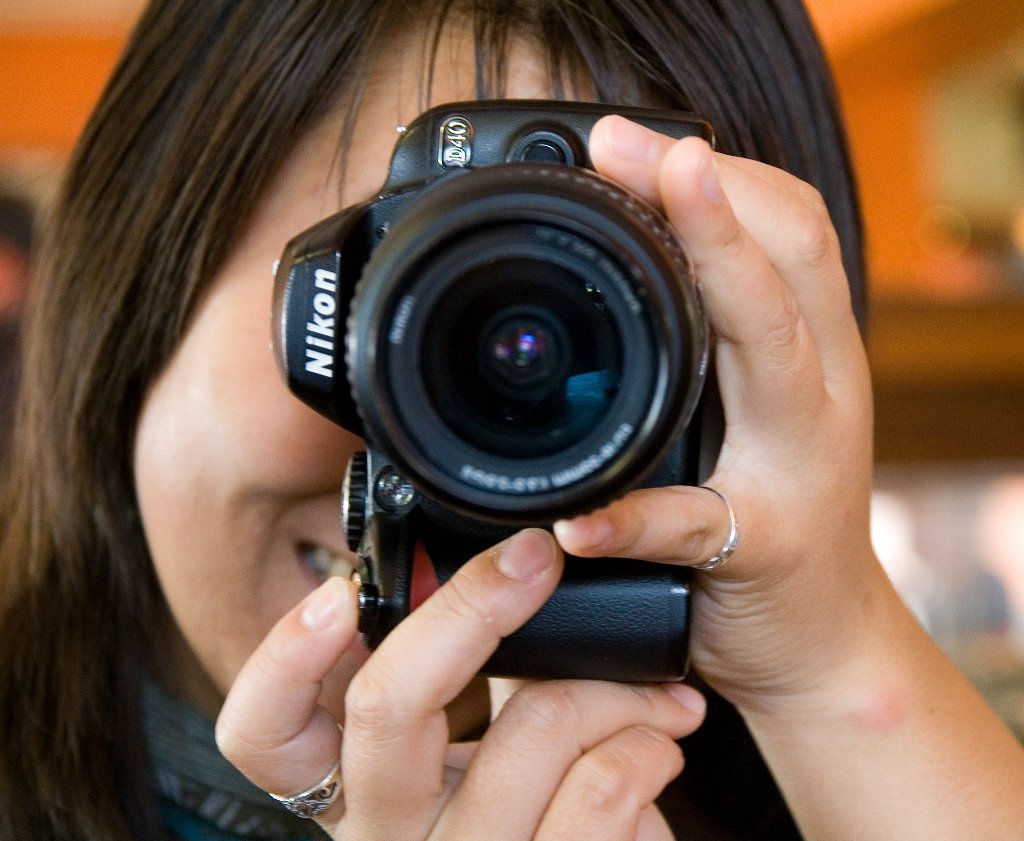
Content
What are the advantages of cameras?
- Work speed. A modern digital camera can take a whole series of pictures from 8 to 20 per second. This speed is beyond the power of any smartphone. Dynamic scenes are usually photographed in series - athletes, animals, facial expressions, moving objects.
- Lens aperture. With the same declared resolution of the matrix, the camera has a larger physical pixel size on the matrix. When shooting, more light gets into the pixels, which allows cameras to take better pictures in low light.
- Focal length. Camera lenses allow you to take pictures of objects at different distances from the photographer, while smartphones usually have a fixed focal length - when zooming in, the quality of the photo will always deteriorate.
In addition, the optics of cameras allows you to get the so-called. a blur effect in which the background of the photo is out of focus. This artistic technique is often used in portraits.
Thus, if you want to get high-quality photos or make money from photography, you cannot do without a digital camera.
The editors of the site bestx.htgetrid.com/en/ bring to your attention the rating of Nikon digital cameras for 2020.
| Model | The cost |
|---|---|
| Nikon D3300 Kit | 20 500 ₽ |
| Nikon D4s Body | 315000 |
| Nikon D300S Body | 65 990 ₽ |
| Nikon D810 Kit | 152 509 ₽ |
| Nikon Z 7 Body | 209 990 ₽ |
| Nikon D500 Body | 80 000 ₽ |
| Nikon D7200 Kit | 53 900 ₽ |
Nikon is a Japanese company that is now part of Mitsubishi Corporation. The company was founded in 1917.
The company specialized in the production of optics and optical devices for the needs of the military. During World War II, Nikon provided the Japanese army with binoculars, periscopes, rangefinders.
After the end of the war, the company decided to develop a segment of products for the civilian market. Many ideas and technologies developed for the military were used to create the first Nikon DSLRs. The first Nikon-branded camera was released in 1946.
What cameras does Nikon make?
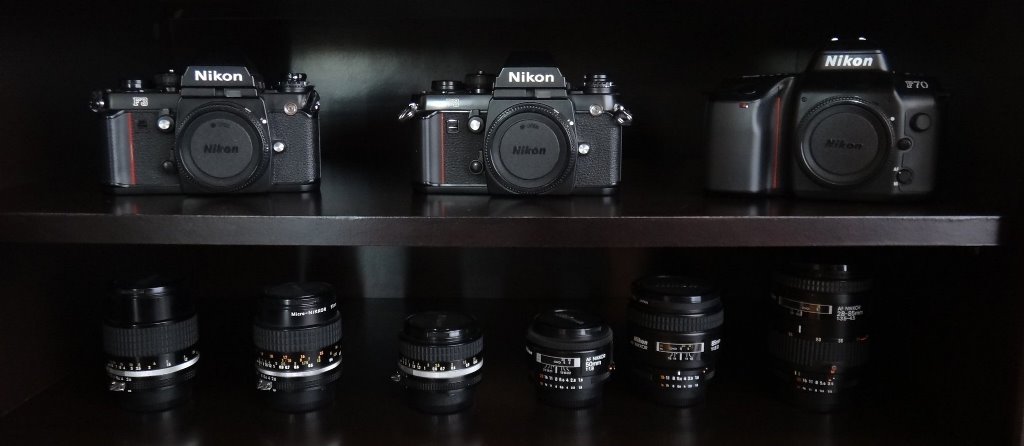
All models that the company makes can be divided into 3 main classes:
- Compact cameras. These are small size cameras with a built-in lens. In some models, the viewfinder is located above the lens, so the picture that enters it is slightly different from that that enters the matrix, especially when it comes to shooting at close range. Compact cameras are suitable for capturing stationary subjects in natural and bright artificial lighting.
The ideology in the production of compact cameras is to make shooting as easy as possible for the user. To do this, cameras use automatic modes, intelligent selection of scene types depending on lighting, face detection, etc. Compact cameras are considered a budget solution, however, Nikon has original and expensive solutions, for example, a compact camera with a 125 zoom (equivalent to a focal length of 3000 mm ). - Nikon mirrorless cameras. Cameras with interchangeable lenses. Due to the absence of a mirror and a mechanism for lifting it, the models of this class are lighter and more compact.The image quality on such cameras is not inferior to photos from budget DSLR digital cameras.
- Nikon SLR cameras. The main difference from mirrorless ones is the way the image is transmitted to the viewfinder. A mirror mounted behind the lens and in front of the matrix at an angle of 45 ° receives the image through the optics of the camera. The image from the mirror hits the pentaprism, is reflected and enters the viewfinder. The picture, seen in the optical viewfinder of a SLR camera, is delivered to the photographer without delays and distortions, in the same form in which it is transmitted to the matrix. SLR cameras are distinguished by a large, in comparison with mirrorless, physical matrix size, higher aperture lenses, and a much wider choice of accessories and interchangeable optics.
Which Nikon camera to buy?
Nikon D3300 Kit
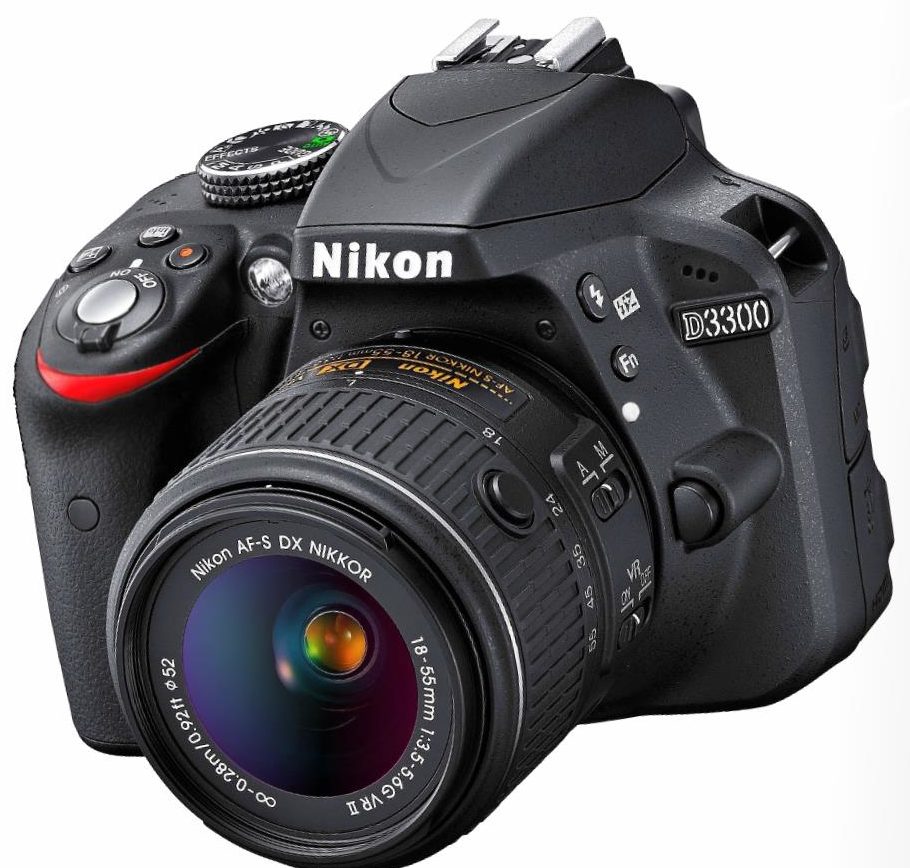
In seventh place is an entry-level DSLR. The device is distinguished by its compact size and lightness, it is one of the lightest in its class - 410 g. without lens and battery.
- matrix resolution - 24.2 Mp;
- APS-C matrix format;
- Nikon F. mount
Nikon has made sure that the user is comfortable. The ergonomic body fits comfortably in the hand. There is a rubberized projection under the thumb next to the release button.
The beginner photographer will find it convenient to use the preset shooting modes. There is a help mode in the camera menu, it shows the order of actions when shooting scenes in various conditions.
A lens with a focal length of 18-55 mm and autofocus is offered with the camera. This type of lens is perfect for portrait photography and video shooting. If necessary, the lens can be changed, the potential of the D3300 sensor is much higher than a regular amateur camera, it will work perfectly with Nikon's top lenses.
The sensitivity of the matrix has doubled in comparison with the previous models of the line, and the maximum is ISO 12800, which allows the Nikon D3300 to take high-quality photos in low light.
The battery capacity is enough for about 700 shots. When using a flash or external wi-fi module, this number may be reduced.
Advantages:
- compact size;
- sensitive matrix;
- friendly user interface;
- low price;
- excellent value for money.
Disadvantages:
- lack of stabilization;
- inability to turn off the screen when shooting;
- lack of wi-fi (the module is purchased separately, connected to the USB input);
- fixed screen.
Nikon D4s Body
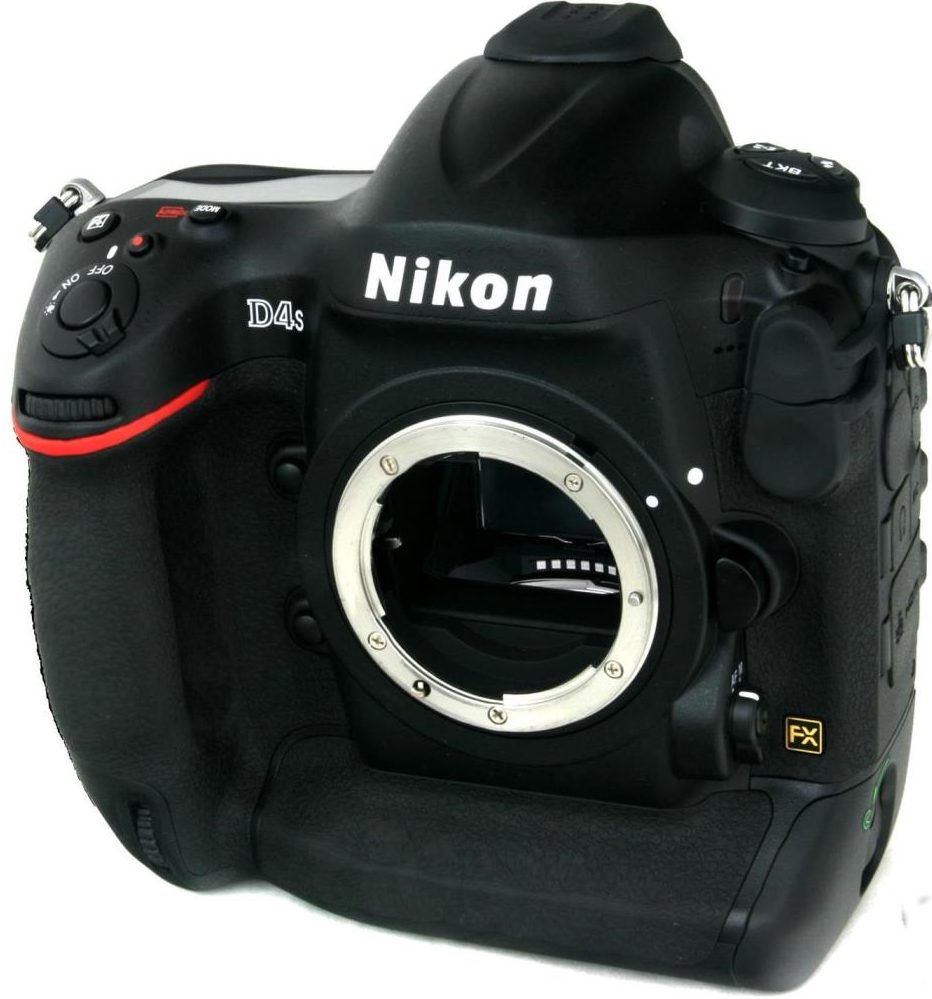
The sixth place in the rating is taken by a full-frame professional camera. This is a real heavyweight in the world of cameras, both literally and figuratively.
The Nikon D4s is aimed at professional photographers and reporters and is ready to work in the most extreme conditions - as evidenced by the magnesium alloy body, tempered glass display, and dust and water resistance.
What is a full frame camera? Full frame is inextricably linked to film photography. The standard for film photography was 35 mm film. Thus, a full frame in digital photography corresponds to the proportions of 35 mm film, which is provided by a matrix with a width of 36x24 mm.
In practice, this means that with the same focal length in a full frame, more objects will fit in the photo.
Nikon D4s, having a fullframe 16.1 megapixel sensor, allows you to capture more objects in the frame than its counterparts with a cut-down sensor size.
The Nikon D4s is equipped with a sensor with the highest light sensitivity at the time of the release of the device. ISO numbers reach an impressive 409,600. With this sensitivity, the camera takes excellent pictures in extremely low light conditions, such as in the light of the moon.
Another feature is the presence of two slots for memory cards of different formats - Compact Flash and XQD. The choice of formats is not accidental - both the first and the second have a high recording speed up to 125 Mbps, which is important for continuous shooting and video recording.
In the settings, you can choose which of their cards will be recorded in the first place, or write to both at once, creating a backup copy.
The camera does not have a built-in flash. In this case, the manufacturer believes that the professional himself will choose the flash for his tasks. For the same reasons, professional cameras are sold without a lens kit.
Nikon D4s does an excellent job of shooting video. High light sensitivity of the matrix, tracking autofocus, and high recording speed make it possible to shoot dynamic shots even in low light.
Advantages:
- durable body;
- dust and moisture resistant housing;
- high shooting speed;
- excellent photosensitivity of the matrix;
- full-frame sensor;
Disadvantages:
- The high cost of memory cards.
Nikon D300S Body
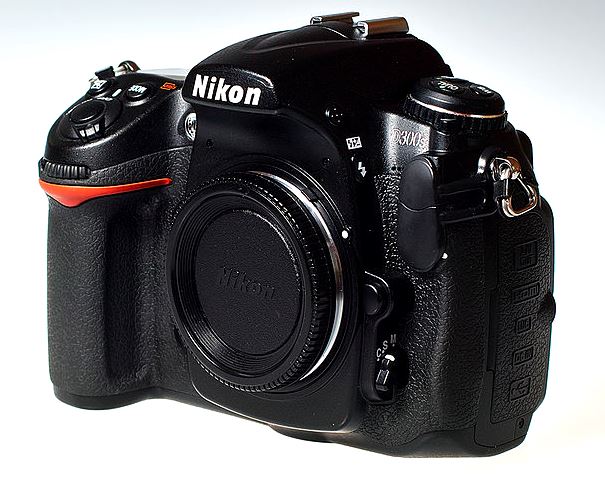
Next in the ranking is another professional SLR camera. The camera is a continuation of the D300 line, with increased video and burst shooting speed.
Nikon D300S Key Features:
- CMOS matrix APS-C with a resolution of 12 megapixels;
- shooting speed 7 frames / s;
- video recording 24 frames / s;
- Nikon F mount;
- jack for connecting an external microphone.
The Nikon D300S features Live View, which allows you to view the frame on the LCD screen rather than through the viewfinder. The image refresh rate is 24 frames / s. allows you to work comfortably with the screen, focus changes are shown on the display instantly.
When using Live View, keep in mind that this mode is energy intensive, and leads to the heating of the sensor and the appearance of noise in the frame. The manufacturer does not recommend using it for more than 60 minutes in a row.
Nikon D300S supports shooting in HD, the maximum clip length that can be recorded in this mode is 5 minutes.
The chamber has a shutter with modernized mechanics, which has a low noise level and a matrix cleaning system. Each time it is turned on, the matrix vibrates, shaking off possible dust particles.
The Nikon D300S has two memory card slots. The formats are CF and SD. In the settings, you can define the slot modes:
- simultaneous recording on both cards;
- recording first for one, after filling in for the second;
- separate video and photo recording on different cards;
- separate JPG and RAW recording on different cards.
Advantages:
- compact size;
- dust and moisture resistant housing;
- tenacious autofocus;
Disadvantages:
- no wireless interfaces.
Nikon D810 Kit
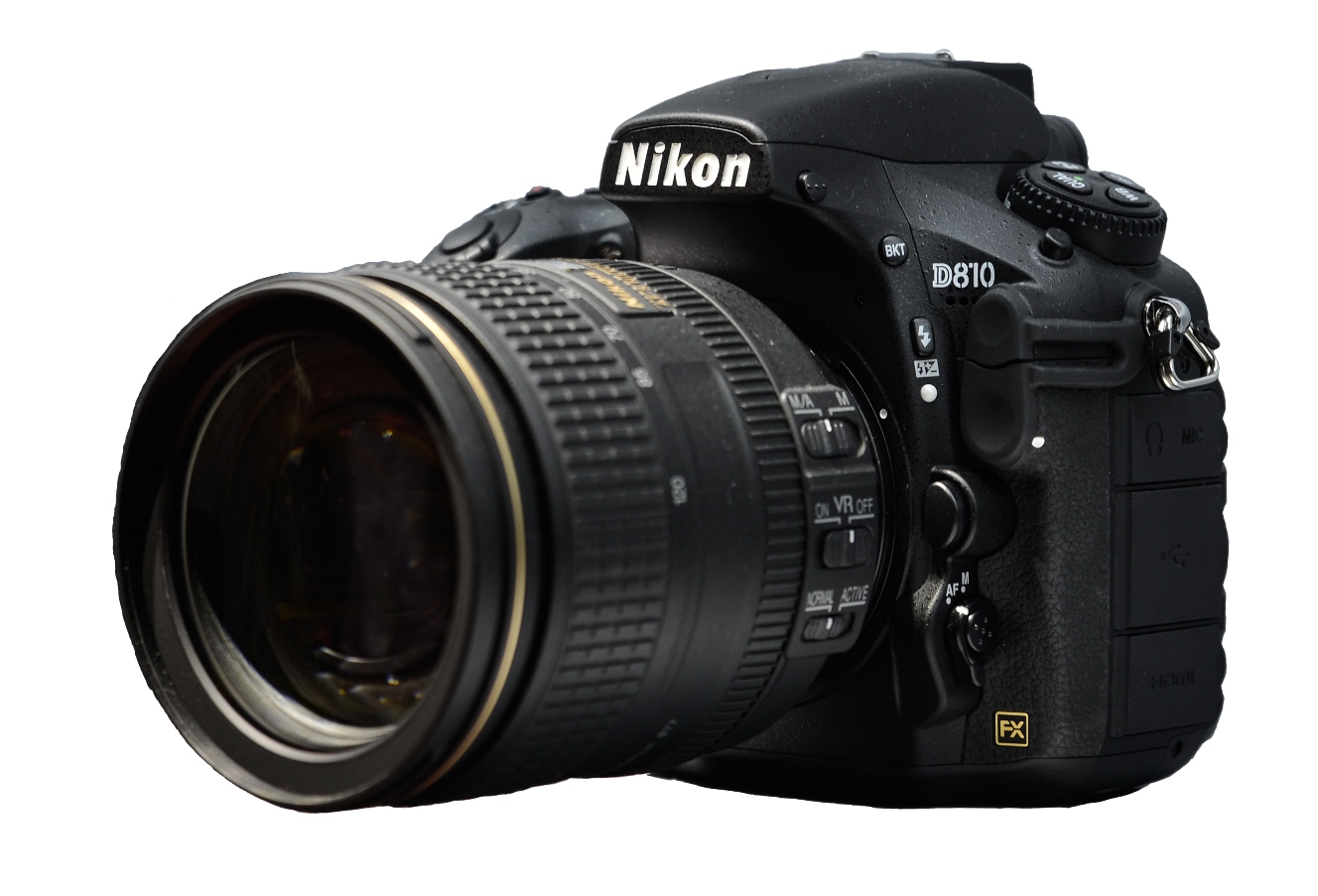
The fourth place in the rating is for a professional SLR camera. D810 is a continuation of the D800 line. The model received a high-performance Expeed 4 processor and a brighter screen with which it is comfortable to work even in bright light, the screen dimensions remained the same, but a white backlight diode was added to the matrix. This allows the brightness to be increased without additional power consumption.
The D810 features a 36.3MP full-frame CMOS sensor for superb shooting detail and low noise.
Video shooting speed - 60 frames / s.
The shutter has become quieter, it uses the first electronic shutter. With a sensor with a resolution of 36 megapixels, the micro-movement of the camera when the shutter is triggered can blur part of the frame. Through the use of an electronic shutter, it was possible to get rid of micro vibrations.
Unlike many professional cameras, the Nikon D810 has a built-in flash. Its light is sufficient to illuminate the frame when shooting outdoors or in good artificial light. The flash throw is high - 51 mm from the lens, this reduces the likelihood of flare when fired. If necessary, you can always connect an external flash.
The camera has two CF card slots
The camera comes with a versatile Nikon AF-S NIKKOR 24-70mm f / 2.8G ED lens. The group autofocus technology used in the device in combination with a fast motor provides tenacious and error-free focus.
Advantages:
- full-format high-resolution matrix;
- silent mechanics;
- high speed burst shooting.
Disadvantages:
- Lack of wi-fi.
Nikon Z 7 Body
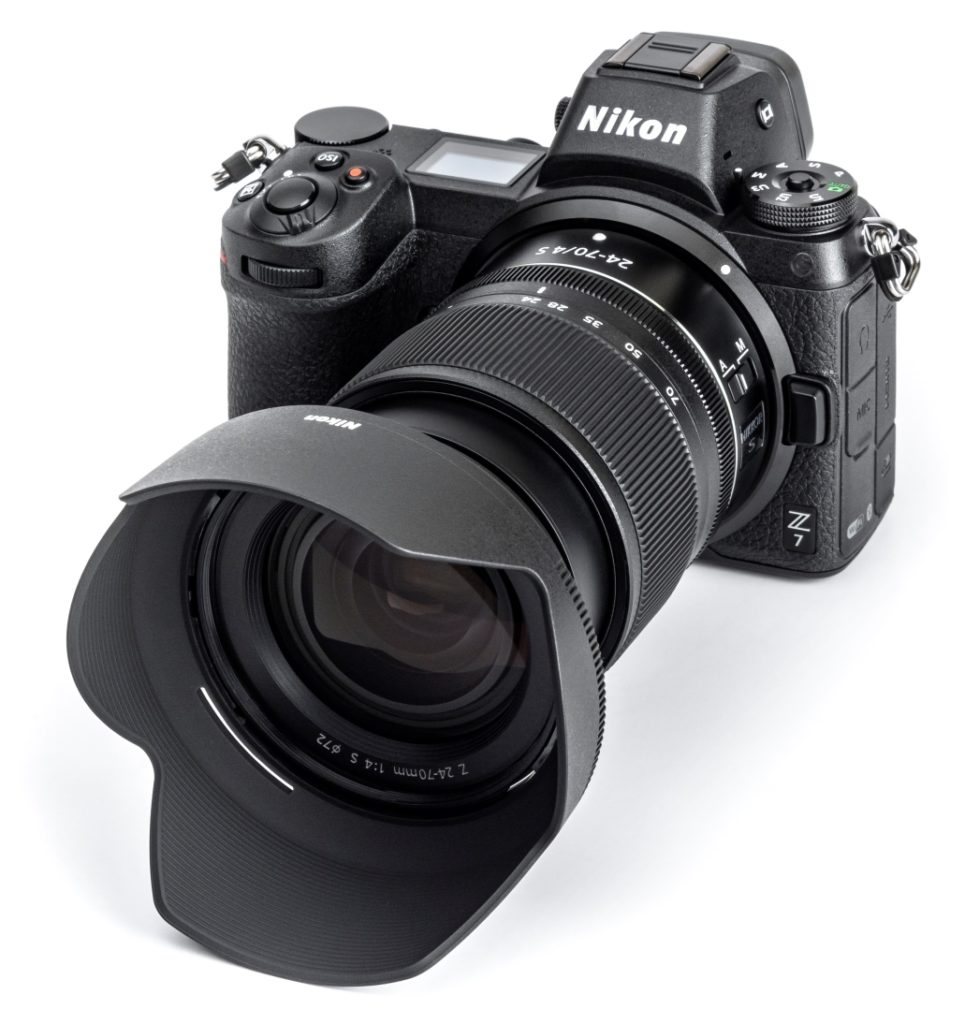
In third place is a mirrorless camera with interchangeable lens support.
This is a full-frame camera with the highest matrix resolution at the time of release - 45.7 megapixels and an Expeed 6 processor.
In the Nikon Z 7, the focus sensors are located on the sensor, which simplifies lens selection, no longer need to buy an expensive autofocus lens.
The Z 7 has its own Nikon Z mount, but if you use an adapter, you can attach lenses with a Nikon F socket.
The viewfinder, like all mirrorless cameras, is digital. A high-contrast OLED display with a resolution of 3.6 megapixels is installed inside. Thanks to the Expeed 6 processor, the image from the matrix is transmitted instantly and without distortion, so the difference between optical viewfinders and digital ones in models like the Z7 is almost imperceptible.
In addition to the viewfinder, you can use the TFT display on the rear panel with adjustable tilt and swivel angles.
Matrix Resolution and Expeed Processor Allows Camera to Capture 4K Video
The footage is recorded to the XQD memory card. The manufacturer explains the choice of the format with a high write speed in comparison with SD.
Wi-fi and Bluetooth modules are provided for communication with external devices.
Advantages:
- high matrix resolution;
- reliable autofocus;
- LiveVIew function;
- high speed burst shooting.
Disadvantages:
- high price;
- high price for XQD memory cards.
Nikon D500 Body
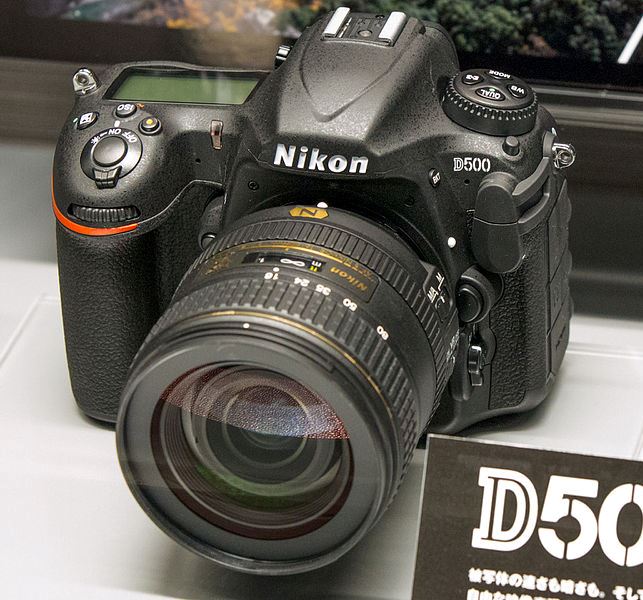
The second most popular in the ranking was the Nikon D500 SLR camera.
Nikon D300S Key Features:
- CMOS matrix DX format with a resolution of 21.5 Mp;
- shooting speed 10 frames / s;
- video recording up to 60 frames / s. depending on the selected mode;
- Nikon F mount;
- jack for connecting an external microphone;
- wi-fi and Bluetooth 4.2 module.
To save footage in the Nikon D500, there are two slots for memory cards and SD, (SDHC, SDXC) and XQD.
Advantages:
- three types of stabilization when shooting;
- shockproof and waterproof case;
- high speed burst and video shooting.
Disadvantages:
- Difficulties in connecting via Bluetooth due to the application of the 4.2 standard.
Nikon D7200 Kit
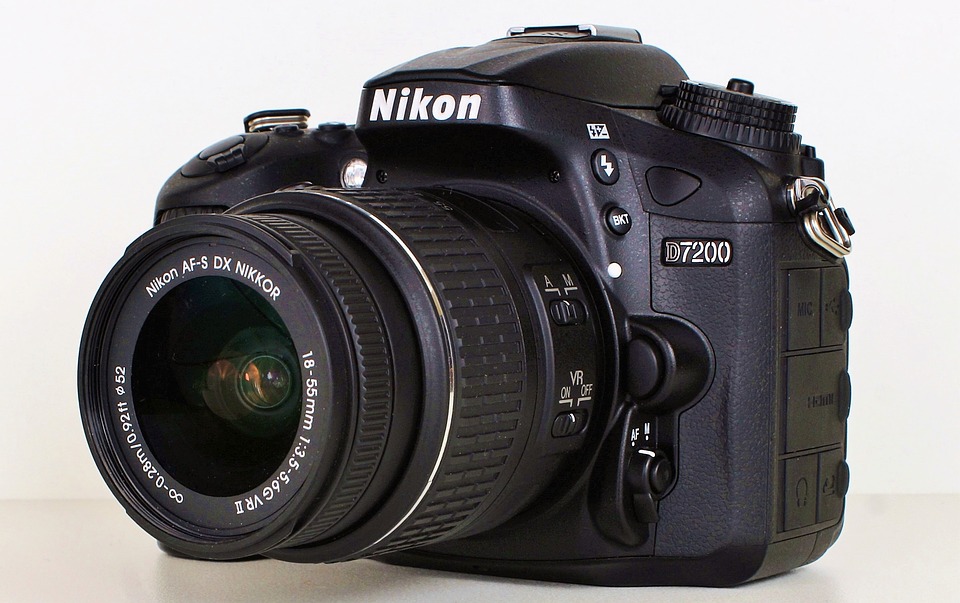
The first place in the rating of Nikon cameras, according to buyers, is taken by the Nikon D7200 Kit.
This is a mid-size DSLR camera with interchangeable lens support. The included optics and built-in flash allow you to start shooting right away without spending money on buying an external flash and choosing a lens.
Main characteristics:
- CMOS matrix APS-C with a resolution of 24.2 megapixels;
- Nikon F mount;
- burst speed 6 frames / s;
- video recording speed up to 60 frames / s. in MPEG-4 format;
- built-in flash.
The camera comes with AF-S DX NIKKOR 18-105mm VR optics. The focal length range is convenient for its versatility. The lens is equipped with autofocus and stabilization system.
A wi-fi module is installed in the camera for transferring pictures and remote control of shooting.
Advantages:
- dust and moisture resistant housing;
- a universal lens with automatic focusing and stabilization included;
- two slots for SD, SDHC memory cards.
Disadvantages:
- errors in the operation of the noise reduction function at ISO over 3200.
Tips for choosing a camera
- When choosing the price of the device, do not be guided by the principle “the more expensive the better”.
- A professional camera will certainly outperform an amateur camera in technical specifications, but most likely you will not need all of its functions, and photos in uncompressed size.
- If you're just mastering art photos, better to take mirrorless camera or entry-level DSLR.
- When buying a camera without optics, pay attention to the mount, so that later you can buy a lens that matches the format of your camera.
- Pay attention to formats memory cards... XQD cards, despite their high speed, are exotic and expensive, and are not often found on the market.
- Buy a bag or backpack for carrying, especially if you have a large camera. This will protect it from damage and make your trips more comfortable.
- Buy optical protection filters. As good as Nikon lenses are, scratches appear on them too. It is better to replace the light filter for 500 rubles than to contact a service due to a scratch on the lens.
If you have experience with Nikon cameras, please share your opinion in the comments.












